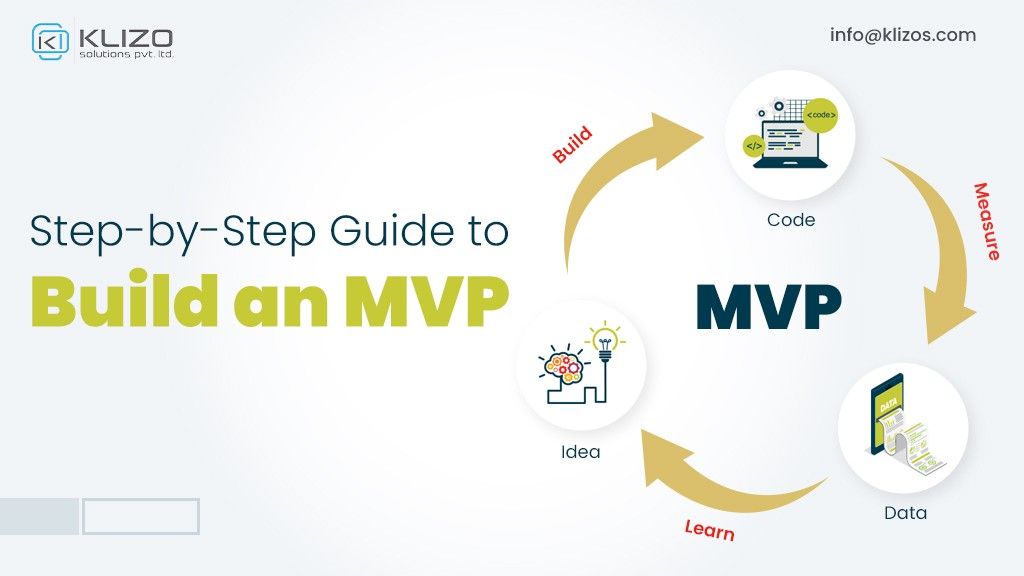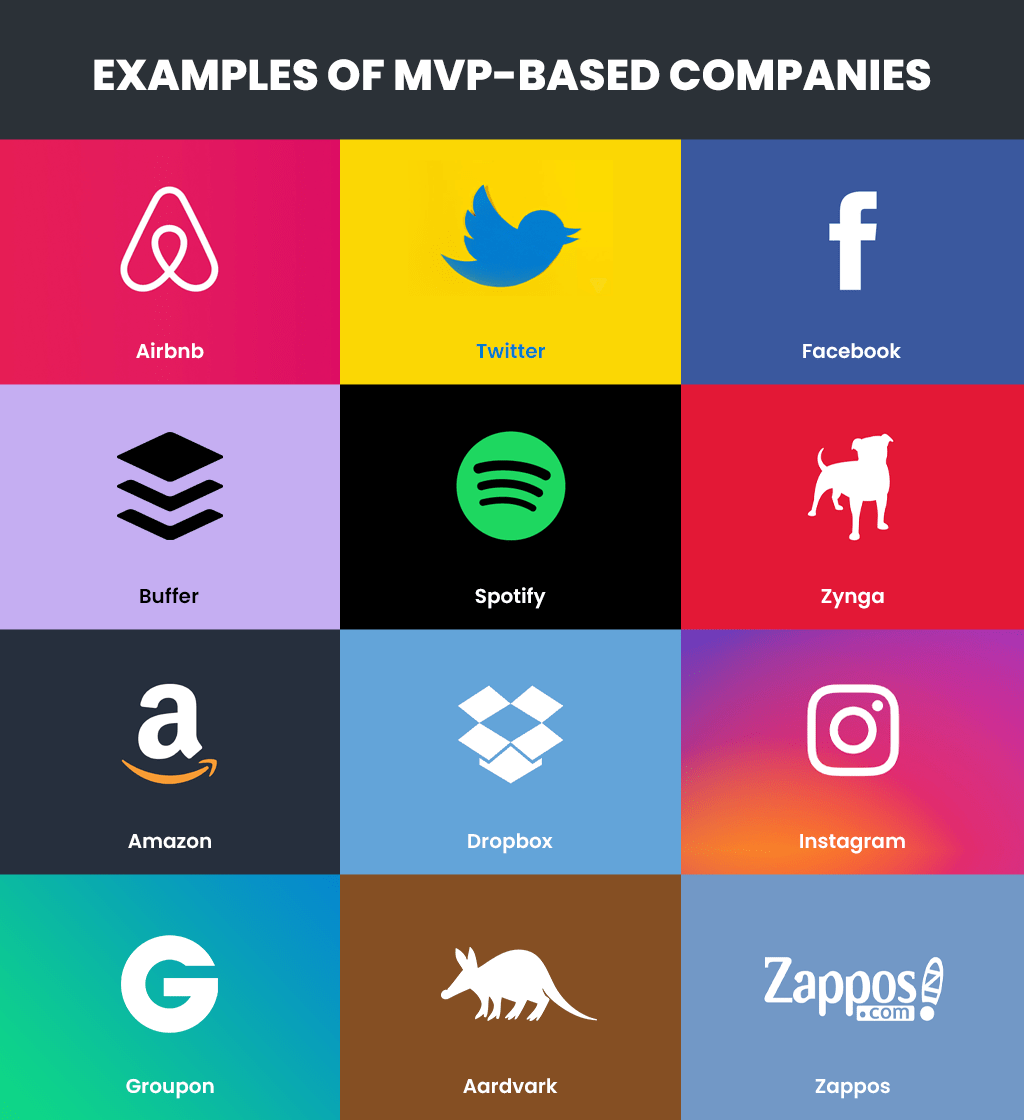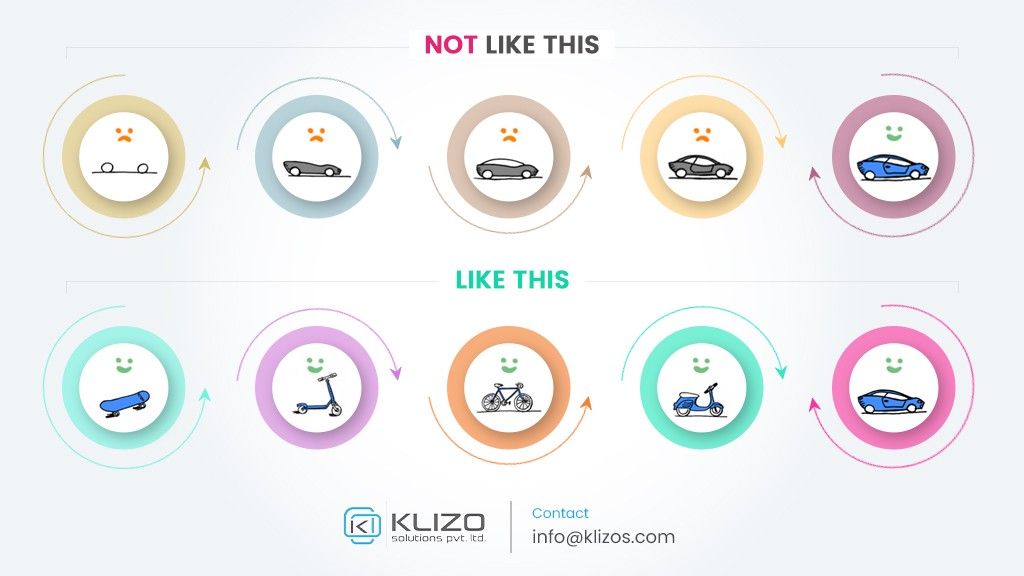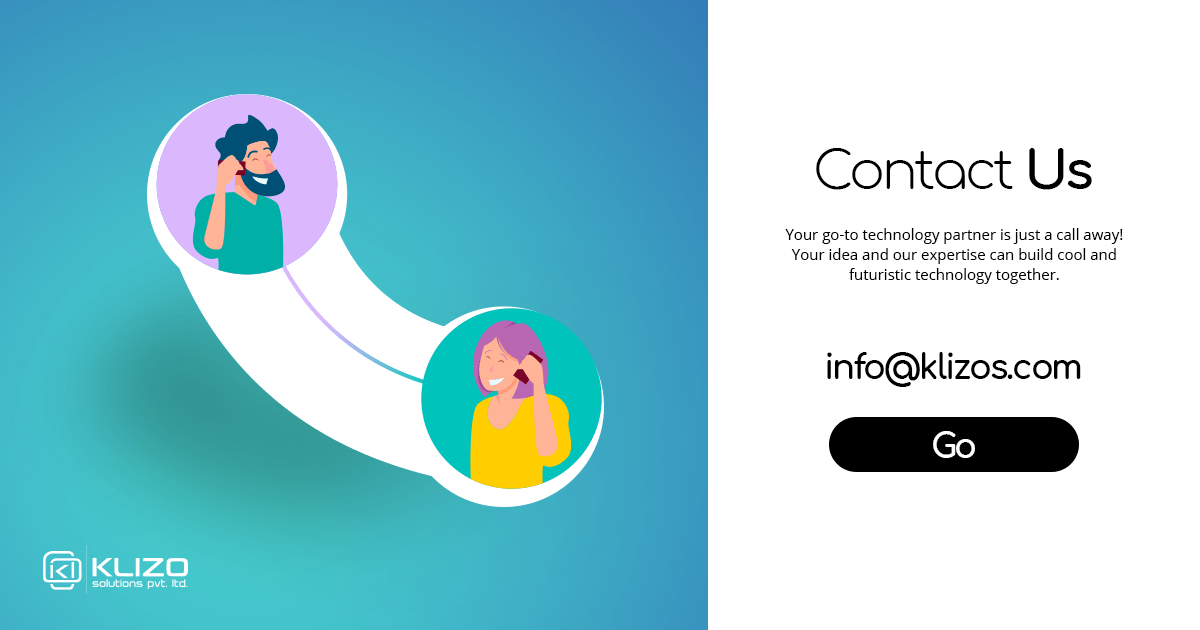


Do you have a new business idea but you aren’t sure about whether it will be successful or not when implemented?
Yes, launching a new product in the market always feels risky. But, risks should not stop you from taking chances. After all, you never know, the risk you take today might work out in your favor later. And that is where comes the concept of an MVP which lets you try out your new products in the market, sans the high risk.
Curious to know what MVP is or how to build an MVP? Scroll down and read on.
But, before we jump into the steps of building an MVP, let’s give you a quick peek into what it is.
So what’s all the fuss around MVP? What is it really?
Well, call it a concept or a version of your original ‘risky new idea’, an MVP or minimal viable product is all about learning about the new product development or how the target audience or customers are receiving or reacting to it.
In simpler words, MVP is a product that offers it’s single most important functionality. Once introduced to the audience, an MVP is tested on real users. Based on the user feedback the MVP is improved continuously and eventually turns into a full scale fully developed product.
If you are wondering why should you build an MVP while creating an app, you can quickly check out our INFOGRAPHIC on the business benefits of devising an MVP here.

Let’s go back in time a bit. In 1999, a young guy came up with the idea of selling shoes online. Instead of conducting expensive and extensive market research to guess the possibility of his online business venture; he created a basic website, Zappos..com. And the rest is history. MVP was born. Later, Amazon acquired Zappos for $1.2 billion.
Let’s take a look at another one of the popular minimum viable product examples.
Have you heard about Airbnb? You definitely have. After all, it’s a super popular online marketplace company that offers rental services all over the world. But do you know it has started its journey from being launched as an MVP?
Back in the year 2008, two guys started Airbnb from their living room transforming it into a bedroom with air mattresses to accommodate three people. Once they had some money, they created a simple website offering their service.
But this initial website didn’t have half of the features that the present Airbnb website has. But guess what, they didn’t have much to lose on their initial website that offered the main thing they offered i.e. accommodation rental. And this MVP document example inspired many startups to begin in the same way.

Now that you have become aware of what MVP looks like, it’s time to take you through the essential steps of building an MVP. Let’s get started.
Do you know whether the new idea you’ve just perceived and looking to launch your MVP based upon it, even meets the requirements of the target audience or not?
As experts believe, giving your best is not enough until you know what to do first. And the same goes for building a free MVP template. You must first need to conduct market research and surveys for understanding the needs of your target audience.
Having more information about your audience won’t do you any harm, but certainly will do you good. The more you know about their expectations, the higher will be your chances to succeed with your MVP. If your product can’t solve the problem your audience has, then they won’t go for it to obtain the solution.
To better understand what your consumers want from you or how they might respond to your products, you might like to consider asking these questions to yourself before shaping an MVP:
A survey of CB Insights reveals that almost 42% of the major reason behind the failure of startups lies in the ‘lack of market need’. Plus, researching the market also helps your ideas stand out in the crowd.
Once you know what your audience wants or how they respond to the specific factors, it’s time to add value to your product. Wondering how to ideate adding value to your product? Then again, consider finding answers to these questions and you’ll proceed one step closer to developing an MVP.
These are some of the critical questions to ensure the MVP you’re building offers value to its users and be able to appeal to the target audience.
Along with value addition, make it a point to have a clear idea about the necessary estimations of your product. Thinking how much does it cost to build an MVP? Well, this step is more about outlining the values your product must have; so that building the ultimate MVP becomes easier.
The next step of building MVP in entrepreneurship is mapping out all the probable steps that the different user types would take when opting for your product or using it.
From opening your app to the last step like making a delivery or a purchase, you need to look at the product from the perspective of your users. Since designing your app in a user-convenient way is a must, you need to think about a few things with fresh eyes from the point of view or each user type:
Remember, user flow is of great significance as it ensures that you don’t miss out on anything when being mindful about your future product and the customer satisfaction it will offer. And to define the user flow, it’s important to define each stage of the process which requires explaining each step involved in it for reaching the ultimate objective.
While focusing on tasks, you need to keep them as basic and simple as possible. The more easily a task is accomplished or the lesser the clicks are required for completing an action, the better will be.
Once all steps related to the procedure are taken care of, then it will be an ideal time to focus on the features and define them at every stage such as finding a product, purchasing a product, receiving orders, managing orders, etc.
This step of a minimum viable product template consists of listing all the main features that you want your product to have and incorporating them into the product before creating the MVP. When you complete building the MVP, checking with the MVP feature list will help you to be sure that your product doesn’t lack any ‘must-include’ features.
But wait, there are some more things to take care of. For example, making a list of features is not all; you need to prioritize them as well. Yes, based on what your users really want, you gotta prioritize your remaining MVP features into a high, medium, and low priority list. Because to perfectly define the scope that each of the features has, organizing them first is necessary.
At this stage, you can try an MVP prototype to get an idea about how your future product is gonna look. If you think why you should even bother about creating a prototype, then consider this example as it might motivate you to create an MVP prototype first.
The American business magnate, Steve Jobs, lost his job because of ignoring the prototyping stage when developing Apple Lisa. and if something like this can happen to someone like Jobs, we’ll suggest paying attention to this stage of prototyping.
Done researching the needs of the market? Done finalizing the major features your MVP will have? Then this step serves as a green signal telling you that you’re all good to go. Yes, it’s time to launch your MVP.
However, when launching your MVP, understand that it’s no poor quality version of the final product and yet still requires you to fulfill the needs of your target audience. Therefore, keep the MVP as engaging and easy-to-use as possible; so that it suits what your users want better than its alternatives.
Once you launch your MVP in the market, it might seem that the process of building an MVP has come to an end. But it has not. At least not yet with just the launch of it.
Since everything is just a small part of a greater and bigger process; your MVP is a part of your final product development process, too. Post the building and launching of an MVP, now it’s time to connect with the audience for market validation and user feedback. Isn’t it the very thing for which you have come all the way down reading this article about building an MVP?
Some of the different ways, both direct and indirect, in which you can acquire customer feedback are:
Since you have built your MVP with all the major and essential features to satisfy the early users, receiving their feedback is crucial to determine the further progress and development of your final product. The very significance of MVP lies in the fact that it helps with building the best version of a product as quickly as possible, that too based on real user experience.
Don’t confuse MVP with a complicated development. It’s more about analysis and strategy. To build an MVP successfully you need to pay attention to details like prototyping, testing, concept development, and of course, the MVP development company you choose.
Looking for professionals to develop an MVP? We have got your back.

Yes, to build an MVP for your business app fast and for the most reasonable development costs, contact us, Klizo Solutions, today!
Previous article
Joey Ricard
Klizo Solutions was founded by Joseph Ricard, a serial entrepreneur from America who has spent over ten years working in India, developing innovative tech solutions, building good teams, and admirable processes. And today, he has a team of over 50 super-talented people with him and various high-level technologies developed in multiple frameworks to his credit.

Subscribe to our newsletter to get the latest tech updates.